How a man convicted of his high school girlfriend’s killing was freed by decades-old DNA evidence
Nick McGuffin maintains his innocence and says the killer is still out there.
Before Leah Freeman's body was found outside of her hometown of Coquille, Oregon, in 2000, her gym shoes, one of them bloody, were virtually the only physical clues police had to figure out what had happened to the missing 15-year-old.
Nearly 20 years later, one of those same shoes has played a key role in freeing from prison the only person who has ever been convicted of killing her: Freeman’s high school boyfriend Nick McGuffin.
To this day, no other arrests have been made in Freeman’s case.
“That's the reason why I'm here...to keep Leah's name in the light. To bring her name forward, to get somebody to come forward with the truth of what happened. To get resolution for myself, for her family,” said McGuffin, who is now 37.
“I'm an innocent person,” he added. “They found…vindicating DNA evidence that finally shows what I've been saying for nearly 20 years.”
McGuffin was a high school senior when he and Freeman, a freshman, were dating.
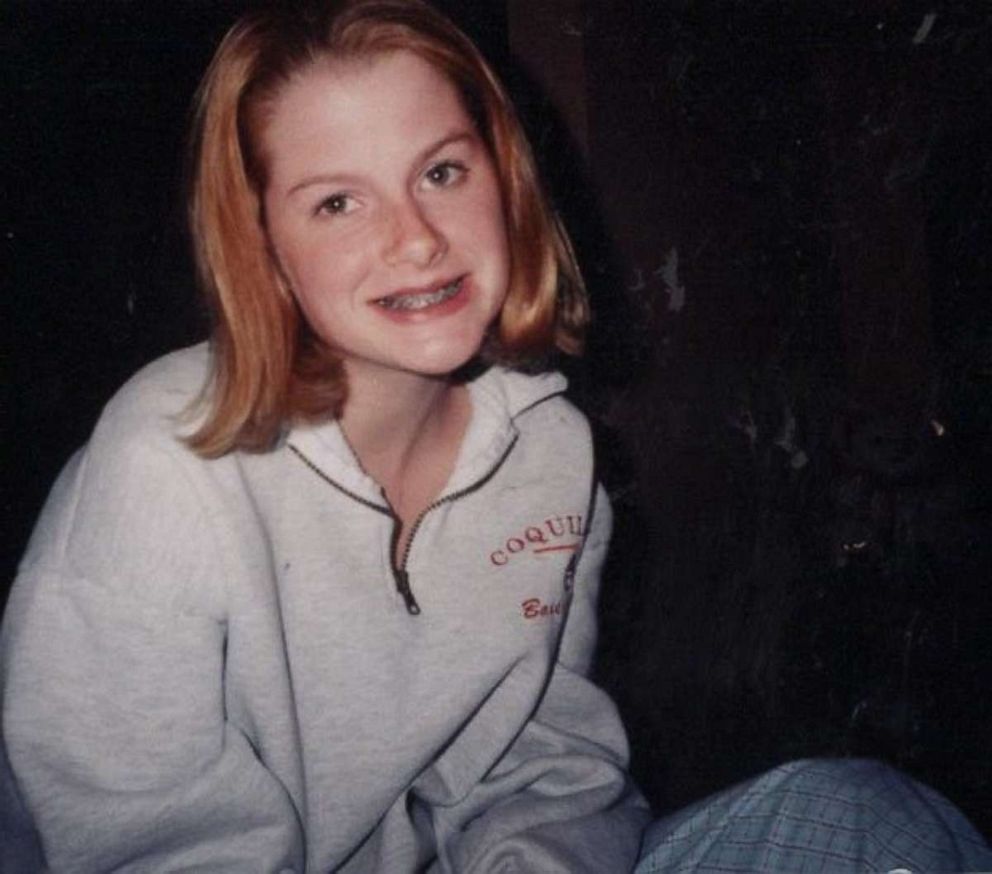
“I asked Leah if she’d go to the prom with me,” he said. “She had a gorgeous white dress, she had her hair done perfectly… I’m glad we went and got the pictures that we did together.”
But Freeman’s mother, Cory Courtright, had concerns about their relationship. In a 2010 interview with “20/20,” she said she thought McGuffin “seemed like an OK kind of guy,” but she said their age difference bothered her.
“I found out that they were being sexually active, and that was disturbing to me,” Courtright said at the time. “It caused some conflict between Leah and I…because she wanted him to be her boyfriend and I didn’t.”
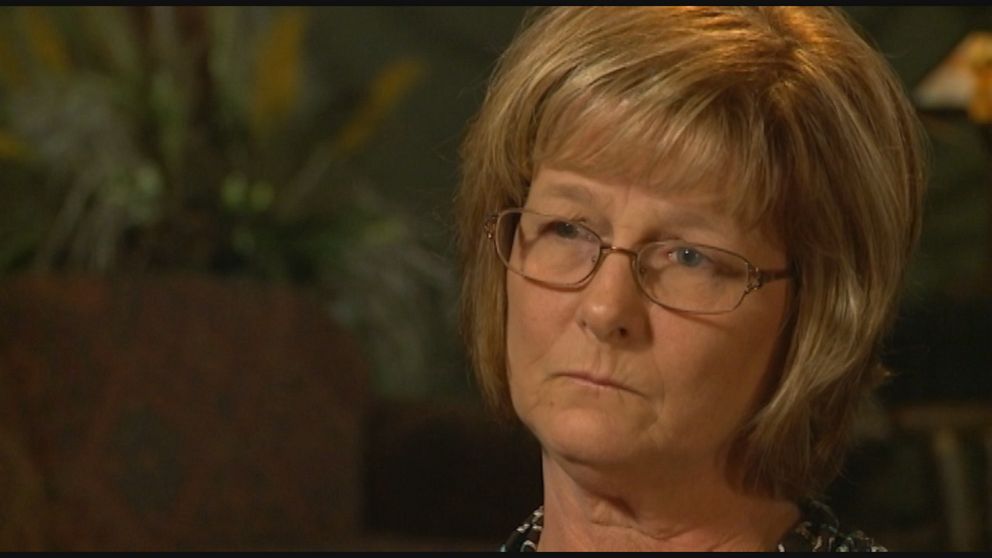
On the night of June 28, 2000, McGuffin dropped off Freeman at her friend Cherie Mitchell’s house with plans to pick her up a couple of hours later for a double date.
Mitchell said she and Freeman got into an argument about how much time Freeman was spending with McGuffin. She said that Freeman, who was upset, took off on foot after storming out of the house.
“I followed her out to the road and that’s when I told her, ‘It’s just, it’s not about you,’” Mitchell told “20/20” in a 2010 interview. “He was trying to take her away and take her away to do things that I wasn’t really welcome [to join].”
When McGuffin came to pick up Freeman at around 9 p.m., Mitchell told him that Freeman had already left. Freeman was last seen walking alone near her high school in downtown Coquille, according to witness testimony, but she never made it home.
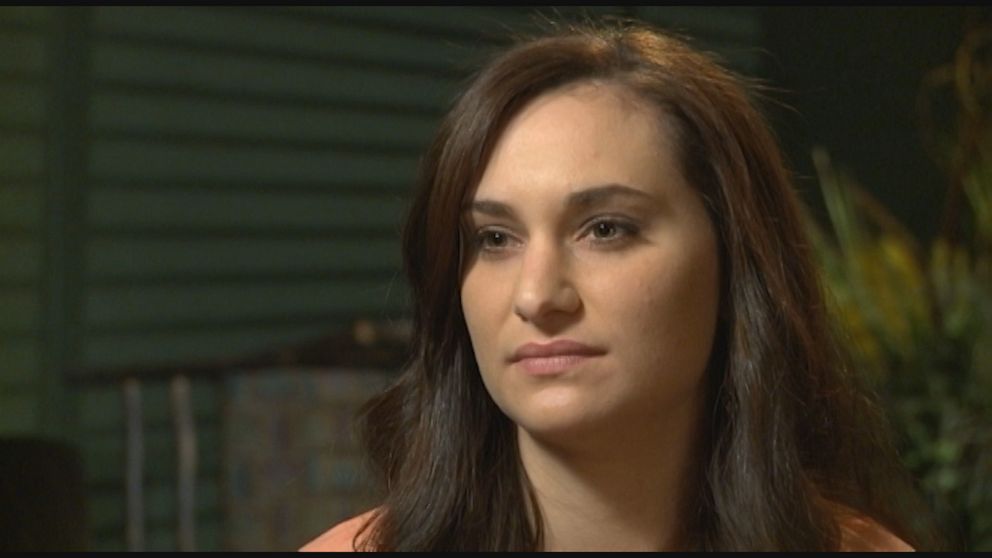
McGuffin said he drove around for hours looking for her.
“I went back to Fast Mart probably five or six times,” he said. “There was different people there every time… They didn't see Leah. I didn't see Leah.”
McGuffin said he spoke to police officers on two separate occasions that night as he drove around in his 1967 Ford Mustang. The officers had pulled him over for having a broken headlight.
After the second time, McGuffin said he asked his friend at the time, Kristen Steinhoff whom he said he had run into earlier, to help him look for Freeman. He said he and Steinhoff drove around for about an hour or so in her car.
“I dropped Kristen off. … I think it was around 2:00 [in the morning], probably. I decided to go by Leah's house one more time,” McGuffin said. “I saw a glare on her window, thought it was her TV. … It was 2000. It's not like she could send me a text. She couldn't call me on a cellphone. So I thought she was home, and I went home after that.”
The next day, when Freeman hadn’t turned up, her mother and McGuffin went to the police, who initially treated the 15-year-old’s disappearance as a runaway teen case.
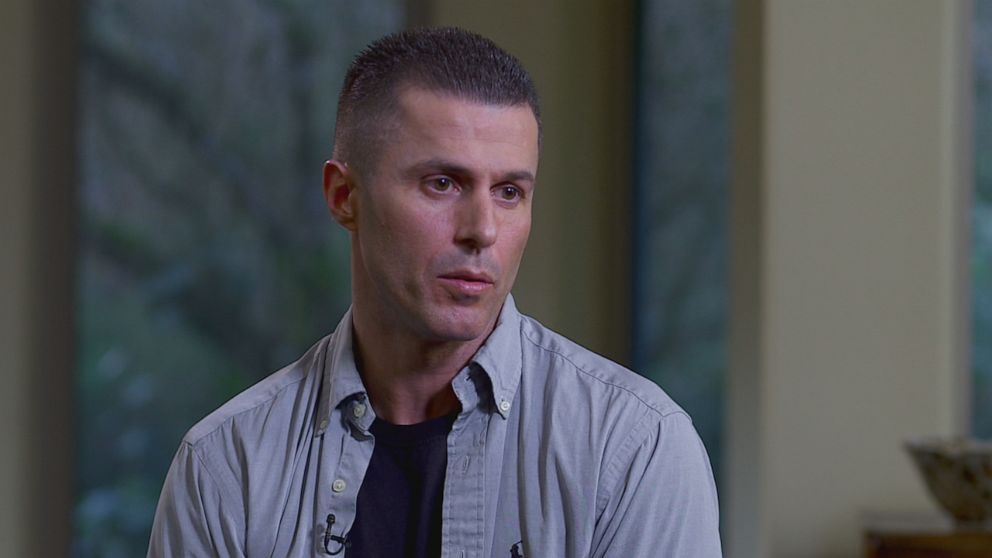
“I knew something was wrong,” Courtright told “20/20” in 2010. “Again, this girl had no reason to run away.”
The night she went missing, a mechanic found and picked up one of her gym shoes by a cemetery near the high school. He believed it may have belonged to one of his kids – but days later, realized it may be connected to the missing girl and turned it into police. Her other shoe was found about a week later, outside of town – with blood on it.
About five weeks after she disappeared, on August 3, 2000, Freeman’s decomposing body was found on a steep wooded embankment, eight miles away through back roads from where the first shoe was found.
When he heard the news, McGuffin said, “It was like my world was over.”
“I broke down,” he continued. “That's the saddest moment that I've ever gone through.”
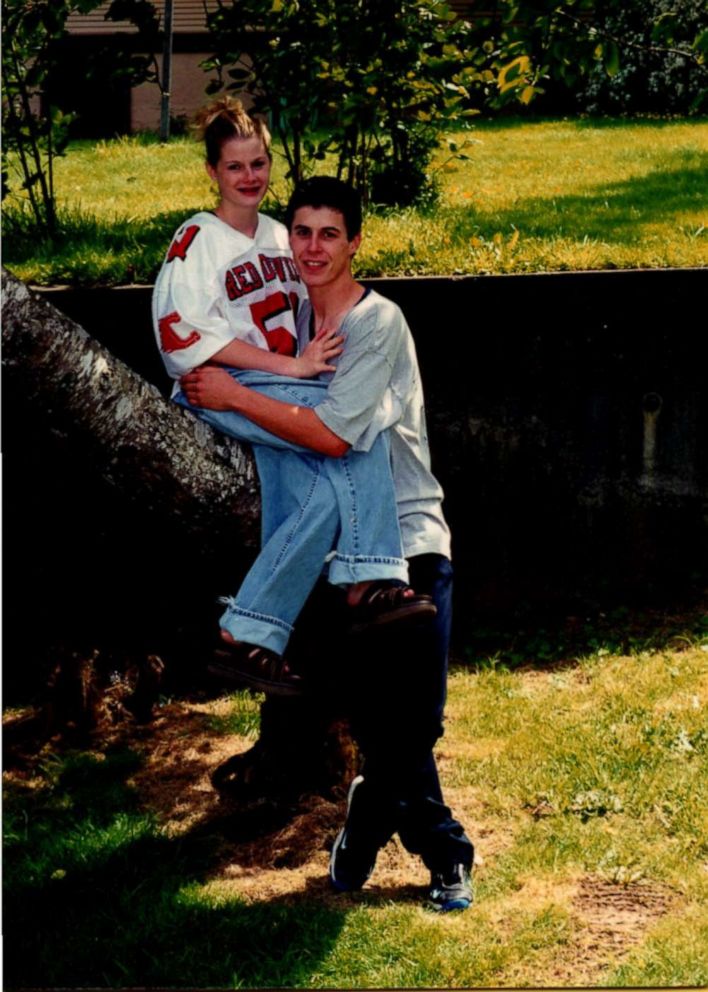
McGuffin said he voluntarily went to the police to be interviewed and turned over his Mustang in hopes it would help with the investigation.
“[I] tried to give them any information that I knew that may be helpful,” he said.
After his initial meeting with police, McGuffin said he was called in again for questioning. He allowed officers to take photos of him, and later learned that they were checking for defensive wounds.
As time passed, the case went cold. McGuffin said he tried to move on with his life, but that he wasn’t able to grieve for Freeman while people suspected he was responsible. With public perception turned against him, he also said it was “hard to go out in public.”
“You're basically looking over your shoulder to try to figure out who's gonna come around the corner, who's gonna start yelling at you,” he said.
Within two years after her death, McGuffin said he was hospitalized for anxiety and tried to end his life.
“It was just a buildup... It's like when a tea kettle boils and it starts to make that hum, that's what it was like, you just get an overload,” he said.
Eventually, McGuffin found a passion for cooking and graduated from culinary school, later becoming head banquet chef at The Mill Casino in North Bend, Oregon. After starting a new relationship, he had a daughter in 2007. He said she brought a sense of renewal into his life.
“I was very excited that I was gonna be a father,” he said. “My daughter helped me through a lot.”
As the years dragged on, police could not make any arrests in Freeman's case, and the small community of Coquille -- a town of about 4,000 residents -- became more furious that her killer hadn't been caught. Freeman’s mother, especially, was upset the case remained unsolved.
In 2008, the town got a new police chief, Mark Dannels, who pushed to have the case re-examined.
“When I arrived in Coquille...everybody was talking about the Leah Freeman case. And one of the expectations as a new police chief was, ‘What are you going to do about it, chief?’” Dannels said. “That’s pretty uncommon, number one, to have a 15-year-old teenager killed in a small community town like that. So you can see where the people were upset. Why hadn’t this been solved? And the more I looked into it, the more I felt I had to do something on this case.”
Dannels assembled a team from across the state to organize and consolidate all the old files and re-examine the case with fresh eyes.
They were surprised to discover how scattered the evidence was, with some of it even as far away as Scotland Yard in London, where it had been sent years ago for testing. Police also discovered rolls of undeveloped film from the original investigation, and spent months working overnight just to figure out what evidence they had to start to reinvestigate the case.
Coquille Police went back through the evidence, interviewing hundreds of witnesses, combing through old witness statements -- including McGuffin’s -- and retesting old evidence to re-examine it with assistance from the new team of forensic experts.
“When they reopened the investigation…I just figured the truth will come out and the real person or persons would be found. And so, yeah. I mean, I didn't see any of this coming,” McGuffin said, referring to his eventual arrest.
During this round of investigating, police questioned Steinhoff, the friend who helped McGuffin look for Freeman on the night she disappeared.
Steinhoff told authorities that McGuffin had stopped by her house around midnight, they had done drugs, and when he then tried to have sex with her she says she told him to stop.
McGuffin admitted that he did smoke marijuana and kissed Steinhoff that night, but he said everything else she claimed wasn’t true.
“The things Kristen and I did that night, when we were kissing, was wrong. I accept that,” McGuffin told “20/20.” “It doesn't mean just because I did that…that I didn't care about [Leah]. It's not an easy thing to deal with.”
After hearing from more than 100 witnesses, a grand jury returned an indictment against McGuffin. He was arrested on Aug. 23, 2010, and charged with murder.
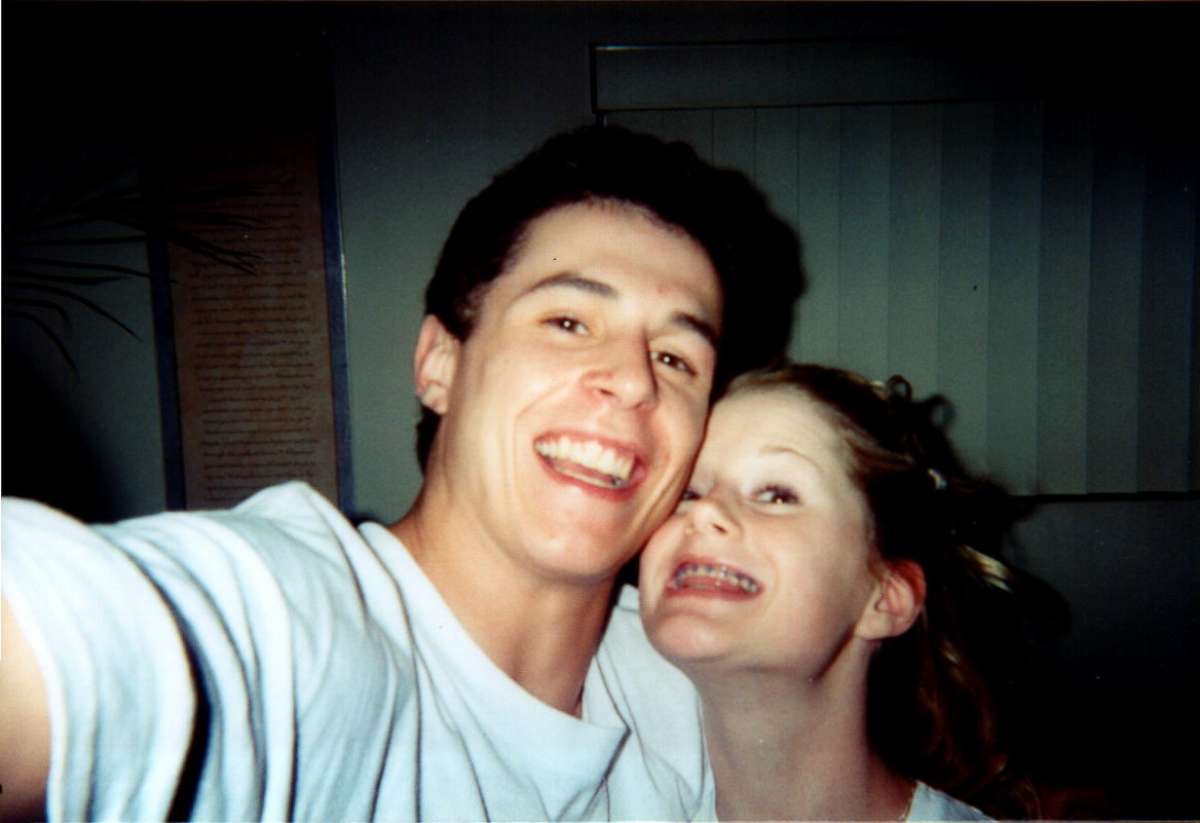
At McGuffin’s trial in July 2011, a witness said he had seen McGuffin and Freeman together some time after she left Mitchell’s home. The prosecution argued that the couple quarreled and when it turned physically violent, McGuffin killed her.
McGuffin claims he never saw Freeman after he dropped her off at Mitchell’s home at 7 p.m. that night.
Ten of the 12 jurors voted to convict McGuffin on the lesser charge of manslaughter instead of murder. At the time, Oregon was only one of two states that allowed non-unanimous jury verdicts in criminal felony cases.
“My trial came down to people's words,” McGuffin said. “My story has really never changed.”
McGuffin was sentenced to 10 years in prison, which he first spent at Snake River Correctional Institution before being sent to a labor camp in Oregon’s Tillamook State Forest due to good behavior.
Steinhoff died five years after McGuffin’s conviction.
In 2014, after McGuffin had been incarcerated for four years, attorney Janis Puracal decided to take up McGuffin’s case.
During her review, Puracal said bombshell evidence was revealed — an unidentified man’s DNA on Leah Freeman’s shoes — that eventually led to McGuffin’s conviction being overturned.
When Freeman’s shoes were first tested in 2000, the Oregon State Police crime lab discovered something that DNA technology 20 years ago could not conclusively characterize. They did not mention it in the official report.
“At the time, we used interpretation guidelines that didn’t necessarily discern or distinguish really low levels of DNA,” Chrystal Bell, Forensic Services Division director for the Oregon State Police, told ABC News. “As a result of that, the analysts at the time chose to be very conservative and chose not to actually call out that potential male DNA because she couldn't decide what it was. So she made no conclusions or statements about that DNA because it was at a very, very low level.”
At the time, Bell said, it was entirely up to the analyst’s “discretion over what they were going to report.”
When McGuffin went to trial in 2011, the DNA technology had advanced enough that the sample could have been re-analyzed to determine that it was a man's DNA. But no one connected to the case had asked for retesting because they had no idea the sample existed.
"Had they asked us to re-examine that evidence, we would have done so," said Bell of the Oregon State Police crime lab. "We don't always have an automatic trigger to go back and do re-examination every time we get additional evidence, whether it's two years later or five years later or 10 years later."
In 2017, however, Puracal made that request.
“Finding that exculpatory DNA on the shoes, that was a huge moment for our case,” Puracal told “20/20.” “That was a game-changer for us. We were looking for DNA that would tell us who actually committed this crime. And here, there was DNA of some other man on the victim's bloodstained shoe … and never reported. That changed everything for us.”
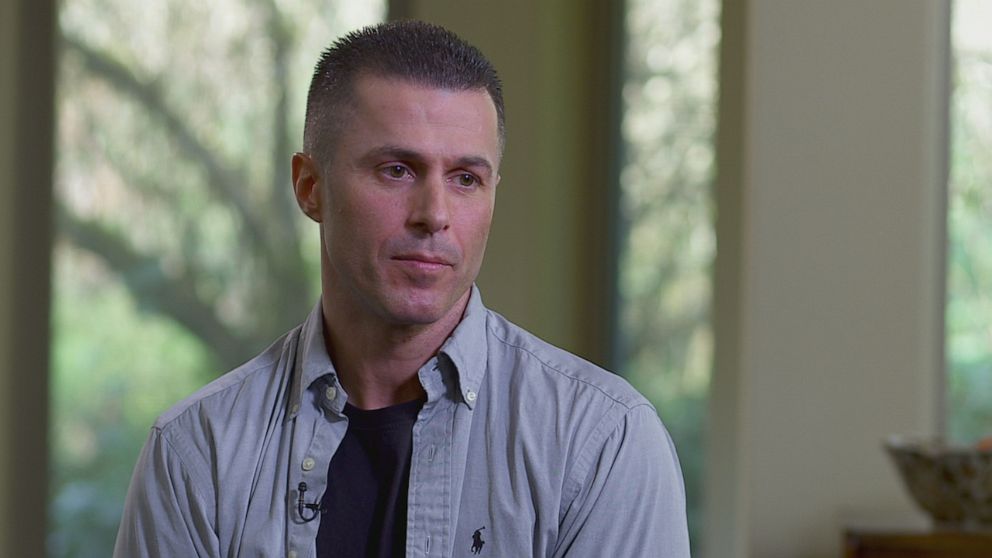
“I was overly excited to find the DNA,” McGuffin added. “It didn't match me. … I told my attorneys, I told Janis, ‘Let's go find out what happened... Let's solve this case once and for all. I mean, that was my push.”
Judge Patricia Sullivan agreed with Puracal that the revelation of this DNA was a game-changer. In December 2019, she ruled that there is a "reasonable probability" that McGuffin's guilty verdict would have been different had the presence of the unidentified man's DNA been disclosed to law enforcement, prosecutors and the defense.
"However, without the DNA evidence, Trial Counsel was reduced to showing that (Nick McGuffin) could not have committed the crime and was not able to produce any evidence of an alternative theory," wrote Judge Sullivan.
The judge set aside McGuffin’s conviction and remanded it back to the trial court.
Coos County District Attorney Paul Frasier told “20/20” he decided not to seek a retrial for McGuffin for several reasons, including the lab’s report, the fact that key witnesses had died and the jury had been split on the verdict, and Courtright's wishes.
“She just flat told me, ‘I cannot take the strain of another trial. I can't do it,’ and she asked me not to try the case again,” Frasier said of Courtright. “That was probably the biggest factor.”
“Nick's already served, 97 percent of his sentence,” Dannels said. “So we go back, put this all back together, retry it. You put the family back through this again. For what? To say we were right?”
Nine years after he was convicted for a crime that he has always maintained he never committed, McGuffin was able to walk out of prison a free man.
“I just knew that we had to fight and we had to fight for what's right,” McGuffin said.
However, Judge Sullivan also said in her ruling overturning the conviction this did not demonstrate his innocence.
"There have been cases in the United States where the evidence clearly shows, beyond any doubt, that the person in jail or prison didn't do it, and that person needs to get out. That's an exoneration, in my book," Frasier said. "What happened here was [McGuffin] was ordered to [get] a new trial. I made the decision not to go forward for a new trial. I still stand behind the investigation of this case... There's evidence in this record to find this defendant guilty. But we have decided, for a variety of reasons, not to go forward at this time. It's not that I believe he's not guilty or innocent, it's I believe it is not appropriate to proceed."
Puracal said it was “disappointing” that police and prosecution “continue to say that Nick is guilty in this case.”
“The Department of Justice could have appealed the post-conviction court's ruling and they chose not to,” she said. “It's important to recognize where the DNA was found. The DNA was found inside Leah's shoe as well as outside Leah's shoe. And it's found in and around bloodstains on her left shoe. That's important to know.”
In the weeks since his release, McGuffin has tried to piece his life back together.
“After my exoneration...I had an idea of what it was going to be like, and I was wrong. It's not easy. It's actually really hard,” he said.
“[The] D.A., law enforcement, a crime lab...should have some accountability for what they did,” he added. “All I'm asking is for accountability and for them to do their jobs properly.”
“There are not enough markers to put it into the database to see if we can identify somebody that way,” Frasier explained. “If we have a suspect, we can get a DNA sample from them send it in and have them compare it. And that's what we did with the other potential suspects in the case. And they all came back as not being the donor of that DNA.”
The central problem is that even though authorities now definitively have a sample of male DNA, the sample is so small that it can only exclude matches, but it cannot be used to confirm there is a match with a suspect.
“[The sample] is not suitable to put into the FBI's database for forensic samples and convicted offenders,” Bell added, “The quality of the DNA was not good enough in 2000, it was not good enough in 2010, and it is still not good enough.”
Today, McGuffin is doing his best to reclaim his life, getting accustomed to keyless cars and talk-to-text on a smartphone. He's also working on re-establishing his relationship with his daughter, who is now 12.
“I look at her with the strength that she has at her age, I think that helps me,” McGuffin said.
Even though his conviction was overturned, McGuffin said finding a new job has been difficult, which has been hard on him because he said he was looking forward to resuming his career as a chef once he was released.
“It's not an easy feat. The stigma, even now, trying to get a job. ... I want to work. I'm passionate about my career,” McGuffin said. “I remain an innocent man. That's not going to change.”
McGuffin said he still thinks about Freeman and the life she could have had.
“She should be, what, 35 now? … She would have had a family,” he said.
Now that he’s out, McGuffin said he is determined to fight for the truth for Freeman and get answers as to who killed her.
“I want people to come forward with the truth. I just want the truth. I want to know what happened,” he said. “[We] have a chance right now to clean the slate to make it right. I mean, I'm pretty sure a lot of people would want that. I know Leah would. I know her family wants that. I want the truth for them. What more can I ask for?”



